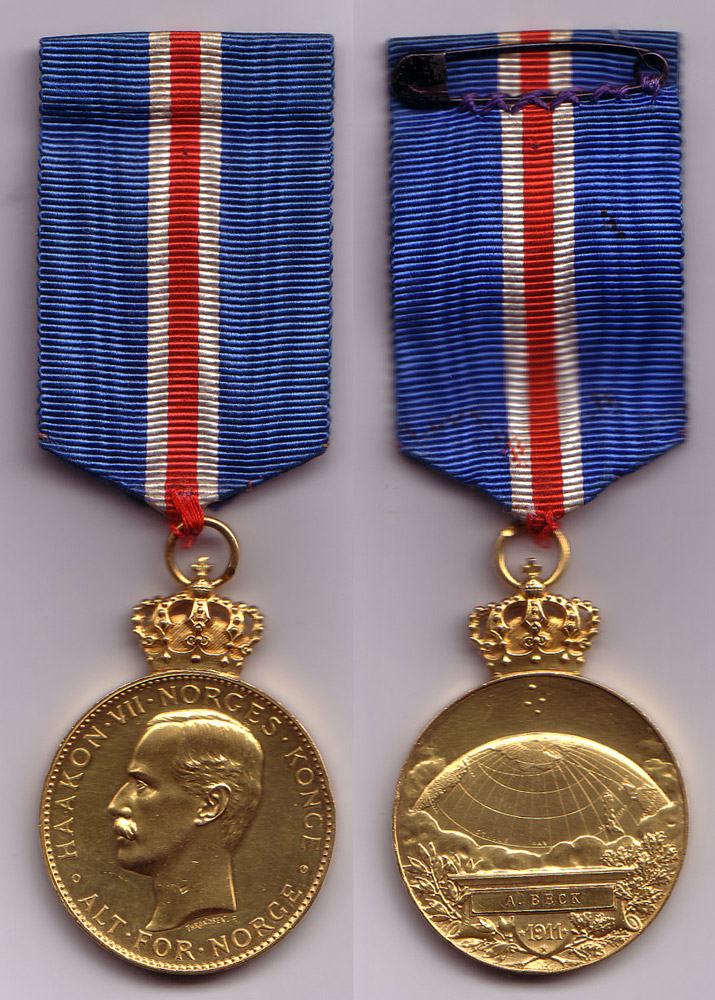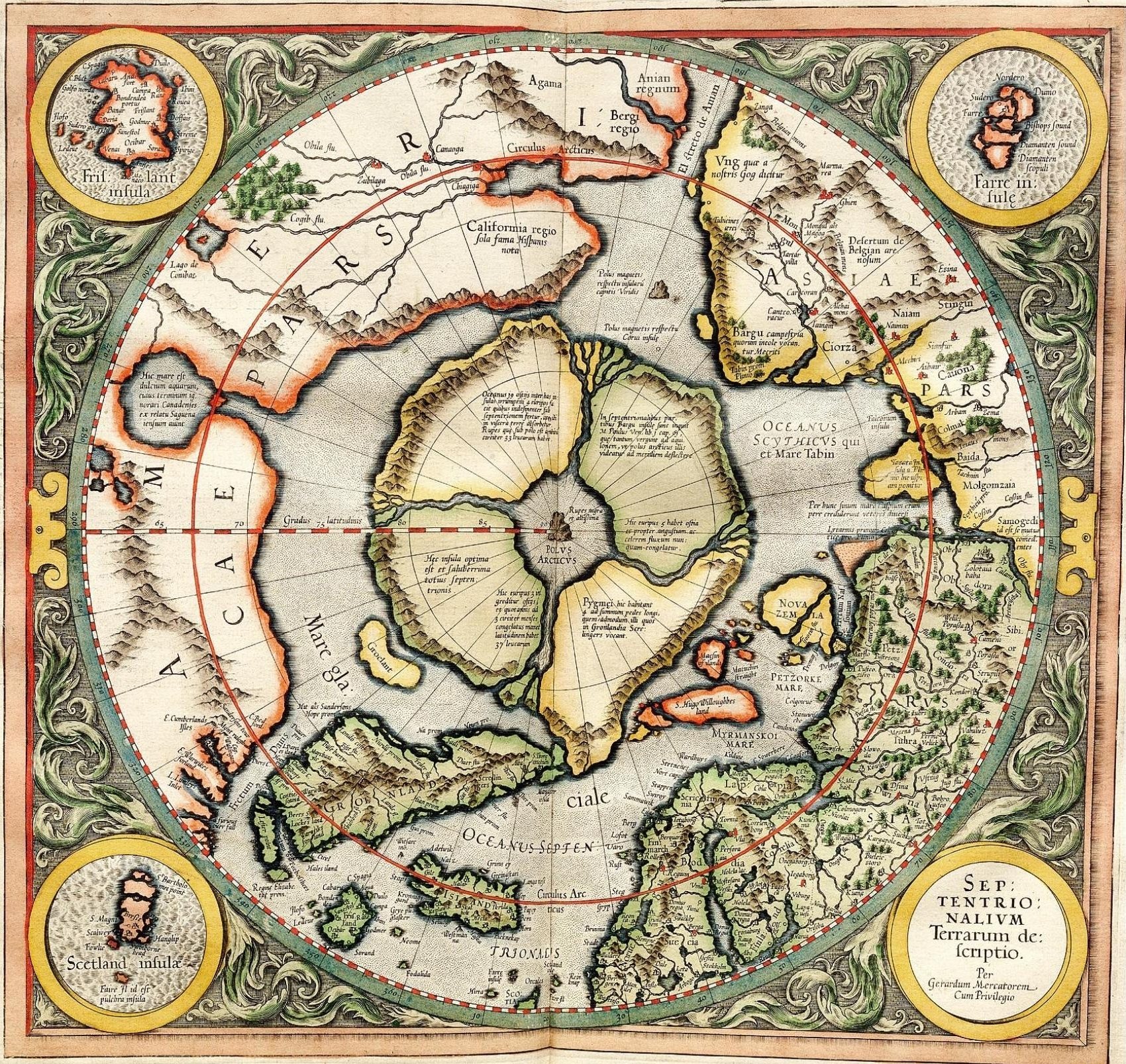|
Gjøa
''Gjøa'' was the first vessel to transit the Northwest Passage. With a crew of six, Roald Amundsen traversed the passage in a three-year journey, finishing in 1906. History Construction The square-sterned sloop of 47 net register tonnage () was built by Knut Johannesson Skaale in Rosendal, Norway in 1872, the same year Amundsen was born. She was named ''Gjøa'' after her then owner's wife. (''Gjøa'' is a modern form of the Norse name ''Gyða'', in turn a nickname for ''Guðfríðr'', a compound of ''guð'' 'god' and ''fríðr'' 'beautiful'.) For the next 28 years the vessel served as a herring fishing boat. Purchase by Amundsen On March 28, 1901, Amundsen bought her from Asbjørn Sexe of Ullensvang, Norway, for his forthcoming expedition to the Arctic Ocean. ''Gjøa'' was much smaller than vessels used by other Arctic expeditions, but Amundsen intended to live off the limited resources of the land and sea through which he was to travel, and reasoned that the land c ... [...More Info...] [...Related Items...] OR: [Wikipedia] [Google] [Baidu] |
Northwest Passage
The Northwest Passage (NWP) is the sea route between the Atlantic and Pacific oceans through the Arctic Ocean, along the northern coast of North America via waterways through the Canadian Arctic Archipelago. The eastern route along the Arctic coasts of Norway and Siberia is accordingly called the Northeast Passage (NEP). The various islands of the archipelago are separated from one another and from Mainland Canada by a series of Arctic waterways collectively known as the Northwest Passages, Northwestern Passages or the Canadian Internal Waters. For centuries, European explorers, beginning with Christopher Columbus in 1492, sought a navigable passage as a possible trade route to Asia, but were blocked by North, Central, and South America, by ice, or by rough waters (e.g. Tierra del Fuego). An ice-bound northern route was discovered in 1850 by the Irish explorer Robert McClure. Scotsman John Rae explored a more southerly area in 1854 through which Norwegian Roald Amundsen f ... [...More Info...] [...Related Items...] OR: [Wikipedia] [Google] [Baidu] |
Roald Amundsen
Roald Engelbregt Gravning Amundsen (, ; ; 16 July 1872 – ) was a Norwegians, Norwegian explorer of polar regions. He was a key figure of the period known as the Heroic Age of Antarctic Exploration. Born in Borge, Østfold, Norway, Amundsen began his career as a polar explorer as first mate on Adrien de Gerlache's Belgian Antarctic Expedition of 1897–1899. From 1903 to 1906, he led the first expedition to successfully traverse the Northwest Passage on the sloop ''Gjøa''. In 1909, Amundsen began planning for a Amundsen's South Pole expedition, South Pole expedition. He left Norway in June 1910 on the ship ''Fram (ship), Fram'' and reached Antarctica in January 1911. His party established a Framheim, camp at the Bay of Whales and a series of supply depots on the Barrier (now known as the Ross Ice Shelf) before setting out for the pole in October. The party of five, led by Amundsen, became the first to successfully Amundsen's South Pole expedition, reach the South Pole o ... [...More Info...] [...Related Items...] OR: [Wikipedia] [Google] [Baidu] |
Franklin's Lost Expedition
Franklin's lost expedition was a failed British voyage of Arctic exploration led by Captain (Royal Navy), Captain Sir John Franklin that departed England in 1845 aboard two ships, and , and was assigned to traverse the last unnavigated sections of the Northwest Passage in the Canadian Arctic and to record magnetic data to help determine whether a better understanding could aid navigation. The expedition met with disaster after both ships and their crews, a total of 129 officers and men, became icebound in Victoria Strait near King William Island in what is today the Canadian territory of Nunavut. After being icebound for more than a year ''Erebus'' and ''Terror'' were abandoned in April 1848, by which point Franklin and nearly two dozen others had died. The survivors, now led by Franklin's second-in-command, Francis Crozier, and ''Erebus''s captain, James Fitzjames, set out for the Canadian mainland and disappeared, presumably having perished. Pressed by Franklin's wife, Jan ... [...More Info...] [...Related Items...] OR: [Wikipedia] [Google] [Baidu] |
Adolf Lindstrøm
Adolf Henrik Lindstrøm (May 17, 1866 – September 21, 1939) was a Norwegian chef and polar explorer. Lindstrøm was born in Hammerfest. He was of Kven origin. He took part in Otto Sverdrup's '' Fram'' expedition from 1898 to 1902. Later he traveled with Roald Amundsen during his navigation of the Northwest Passage in the ''Gjøa'' from 1903 to 1906, and in the South Pole expedition of 1910 to 1912. He also took part in an expedition to Siberia from 1914 to 1916. Lindstrøm died in Oslo. Lindstrøm was a large, jovial man and he rarely left the ship, unlike other expedition participants. The only thing that could lure him out was the opportunity to hunt ptarmigan because fresh meat was appreciated on the long expeditions. Lindstrøm was also a dispassionate man and an asset to the crew when "polar nerves" got to them and homesickness arose during the long polar night after several years in the ice. Roald Amundsen wrote in his diary on April 5, 1911, "He has rendered greater and ... [...More Info...] [...Related Items...] OR: [Wikipedia] [Google] [Baidu] |
Helmer Hanssen
Helmer Julius Hanssen (24 September 1870 – 2 August 1956) was a Norwegian sailor, pilot and polar explorer. He participated in three of the polar expeditions led by Roald Amundsen and was one of the first five explorers to reach the South Pole. Background Helmer Hanssen was born in Bjørnskinn, on the island of Andøya in Nordland, Norway. He was an experienced ice pilot, a skill he had learned while hunting around Spitsbergen. Between 1894 and 1897, he hunted small whales and seals in the Arctic Sea. He later sailed for the Norwegian shipping company, Vesteraalens Dampskibsselskab. Career From 1903 to 1905 Helmer Hanssen participated in Roald Amundsen's successful search for the Northwest Passage, as second mate on board the ship ''Gjøa''. On the expedition he learned from the Inuit how to drive sled dogs. In 1910 he headed south with Amundsen to conquer the South Pole, this time as an expert dog driver. He was also in charge of navigation, carrying the master compass on ... [...More Info...] [...Related Items...] OR: [Wikipedia] [Google] [Baidu] |
List Of Arctic Expeditions
This list of Arctic expeditions is a timeline of historic Arctic exploration and explorers of the Arctic. 15th century * 1472: Didrik Pining and Hans Pothorst mark the first of the cartographic expeditions to Greenland * 1496: , venturing out of the White Sea, travels along the Murman Coast and the coast of northern Norway 16th century * 1553: English expedition led by Hugh Willoughby with Richard Chancellor as second in command searches for the Northeast Passage * 1557: English expedition led by Stephen Borough reaches the Kara Strait * 1576–1578: English expeditions led by Martin Frobisher reach Baffin Island * 1579: Danish-Norwegian expedition led by James Alday fails to reach Greenland due to ice * 1580: English expedition led by Arthur Pet and Charles Jackman reaches the Kara Sea * 1581: Danish-Norwegian expedition led by Magnus Heinason fails to reach Greenland due to ice * 1585–1587: English expeditions led by John Davis explore the Davis Strait–Baffin ... [...More Info...] [...Related Items...] OR: [Wikipedia] [Google] [Baidu] |
Sweden
Sweden, ; fi, Ruotsi; fit, Ruotti; se, Ruoŧŧa; smj, Svierik; sje, Sverji; sju, Sverje; sma, Sveerje or ; yi, שוועדן, Shvedn; rmu, Svedikko; rmf, Sveittiko. formally the Kingdom of Sweden, is a Nordic countries, Nordic country located on the Scandinavian Peninsula in Northern Europe. It borders Norway to the west and north, and Finland to the east. At , Sweden is the largest Nordic country and the List of European countries by area, fifth-largest country in Europe. The Capital city, capital and largest city is Stockholm. Sweden has a population of 10.5 million, and a low population density of ; around 87% of Swedes reside in urban areas in the central and southern half of the country. Sweden’s urban areas together cover 1.5% of its land area. Because the country is so long, ranging from 55th parallel north, 55°N to 69th parallel north, 69°N, the climate of Sweden is diverse. Sweden has been inhabited since Prehistoric Sweden, prehistoric times, . T ... [...More Info...] [...Related Items...] OR: [Wikipedia] [Google] [Baidu] |
Oslo
Oslo ( , , or ; sma, Oslove) is the capital and most populous city of Norway. It constitutes both a county and a municipality. The municipality of Oslo had a population of in 2022, while the city's greater urban area had a population of in 2019, and the metropolitan area had an estimated population of in 2021. During the Viking Age the area was part of Viken. Oslo was founded as a city at the end of the Viking Age in 1040 under the name Ánslo, and established as a ''kaupstad'' or trading place in 1048 by Harald Hardrada. The city was elevated to a bishopric in 1070 and a capital under Haakon V of Norway around 1300. Personal unions with Denmark from 1397 to 1523 and again from 1536 to 1814 reduced its influence. After being destroyed by a fire in 1624, during the reign of King Christian IV, a new city was built closer to Akershus Fortress and named Christiania in honour of the king. It became a municipality (''formannskapsdistrikt'') on 1 January 1838. The city ... [...More Info...] [...Related Items...] OR: [Wikipedia] [Google] [Baidu] |
Oscar II Of Sweden
Oscar II (Oscar Fredrik; 21 January 1829 – 8 December 1907) was King of Sweden from 1872 until his death in 1907 and King of Norway from 1872 to 1905. Oscar was the son of King Oscar I and Josephine of Leuchtenberg, Queen Josephine. He inherited the Swedish and Norwegian thrones when his brother died in 1872. Oscar II ruled during a time when both countries were undergoing a period of industrialization and rapid technological progress. His reign also saw the gradual decline of the Union of Sweden and Norway, which culminated in its Dissolution of the union between Norway and Sweden, dissolution in 1905. In 1905, the throne of Norway was transferred to his grandnephew Prince Haakon VII of Norway, Carl of Denmark under the regnal name Haakon VII. When Oscar died in 1907, he was succeeded in Sweden by his eldest son, Gustaf V. Oscar II is the paternal great-great-grandfather of King Carl XVI Gustaf of Sweden. Queen Margrethe II of Denmark is his descendant through his son Gustaf ... [...More Info...] [...Related Items...] OR: [Wikipedia] [Google] [Baidu] |







